Filter books by:
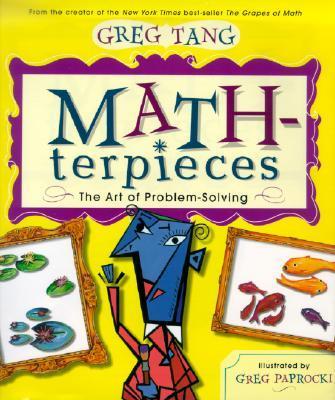
Mathterpieces: The Art of Problem-Solving
Australian Curriculum Year Level
Year 2, Year 3, Foundation Year, Year 1
Maths Concepts
Australian Curriculum: Description
Foundation Year – Subitise small collections of objects (ACMNA003);
Year 1 – Represent and solve simple addition and subtraction problems using a range of strategies including counting on, partitioning, and rearranging parts (ACMNA015);
Year 2 – Describe, continue, and create number patterns resulting from performing addition or subtraction (ACMNA035).
Teaching ideas
Students investigate other situations involving subitising and counting on with and without distractors in routine and non-routine situations. Students could write the number sentences represented by art in this book (representational to abstract).
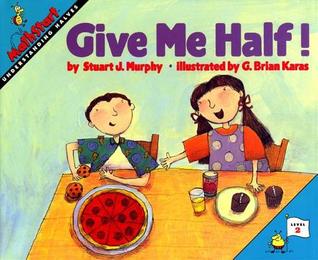
Give Me Half!
Strand
Number
Australian Curriculum Year Level
Year 2, Year 3, Foundation Year, Year 1
Part-Part-Whole
Maths Concepts
Australian Curriculum: Description
This story is about a brother and sister who are asked to share all their food and drink; pizza, cupcakes, drink etc
Teaching ideas
(1) Read the story and describe what's going on in each picture; (2) vocabulary-half, whole, share, divide, divided equally; (3) gather materials (objects, quantities and collections) and discuss how you would halve them; (4) draw pictures of objects in your classroom, and lines to show 'half'
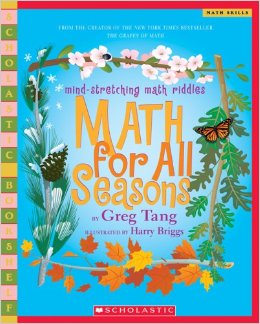
Math for All Seasons
Strand
Number
Australian Curriculum Year Level
Year 2, Year 3, Foundation Year, Year 1
Maths Concepts
Australian Curriculum: Description
This book explores counting up collections of items and objects. The book encourages seeing patterns to make the counting quicker than one-by-one.
Teaching ideas
(1) Prep students can count the objects in the collections within this book; (2) years 1-3 students can be encouraged to 'see the pattern' to help them partition to count up the objects in the quantities quicker; (3) Final pages of the book show the answers using numbers and symbols as well as circles drawn around the collection, year 2s and 3s should be encouraged to set their work out using numbers and symbols
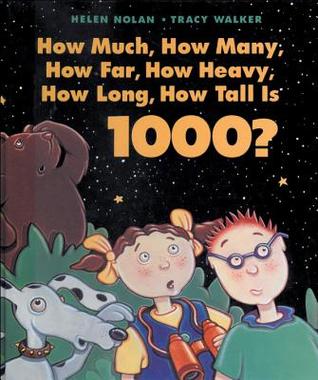
How Much, How Many, How Far, How Heavy, How Long, How Tall is 1000?
Maths Concepts
Australian Curriculum: Description
This book gives a huge variety of contexts to the number one thousand. As the title describes, they explore collections, quantities, distances, weight, length and height as the children in the story try to understand how ‘big’ one thousand really is.
Teaching ideas
(1) Lots and lots of hands-on experience helps students understand large numbers. Use pasta, coins, beads, counters, other manipulatives; (2) using technology students could do a line of 25 'o', then copy and paste it four times to show an array of 100; (3) wrapping paper and patterned fabrics can be used to circle collections too.
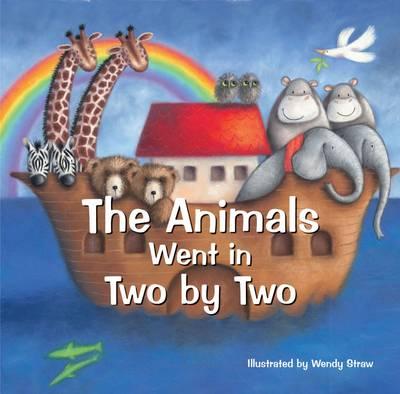
The Animals went in two by two
Maths Concepts
Australian Curriculum: Description
Investigate number sequences, initially those increasing and decreasing by twos, threes, fives and tens from any starting point, then moving to other sequences (ACMNA026)
Teaching ideas
Show students the concept of the jumping kangaroo on the number line. Use the animals from the book to show counting in 2s, 3s, 4s etc on the number line.

Matherpieces: The Art of Problem-Solving
Strand
Number
Australian Curriculum Year Level
Year 2, Year 3, Foundation Year, Year 1
Maths Concepts
Australian Curriculum: Description
Subitise small collections of objects (ACMNA003); Represent and solve simple addition and subtraction problems using a range of strategies including counting on, partitioning and rearranging parts (ACMNA015); Describe, continue, and create number patterns resulting from performing addition or subtraction
Teaching ideas
Students investigate other situations involing subitising and counting on with and without distractors in routine and non-routine situations. Students could write the number sentences represented by art in this book (representational to abstract).
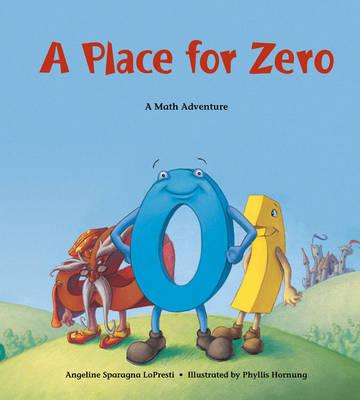
A place for zero
Strand
Number
Australian Curriculum Year Level
Year 2, Year 3, Foundation Year, Year 1
Maths Concepts
Australian Curriculum: Description
Establish understanding of the language and processes of counting by naming numbers in sequences, initially to and from 20, moving from any starting point (ACMNA001); Connect number names, numerals and quantities, including zero, initially up to 10 and then beyond (ACMNA002); Yr1-Recognise, model, read, write and order numbers to at least 100. Locate these numbers on a number line (ACMNA013); Yr2-Recognise, model, represent and order numbers to at least 1000 (ACMNA027); Yr3-Recall multiplication facts of two, three, five and ten and related division facts (ACMNA056)
Teaching ideas
Explore adding numbers up to 10 then beyond and up to 900. Explore adding and multiplying by 0. Conduct some experiments with 'numberator' and 'multi-tube'.
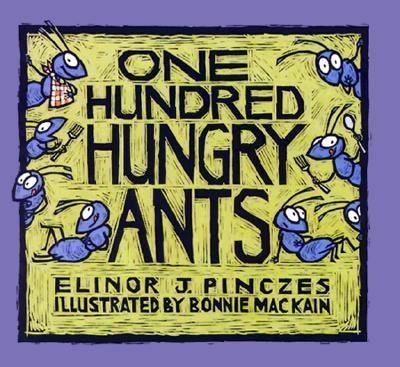
One Hundred Hungry Ants
Strand
Number
Australian Curriculum Year Level
Year 2
Multiplication and Division Triangle
Maths Concepts
Australian Curriculum: Description
Recognise and represent multiplication as repeated addition, groups and arrays
Teaching ideas
Explore other configurations they could have marched in. What if there had been 200 ants. What would their quickest configuration have been?
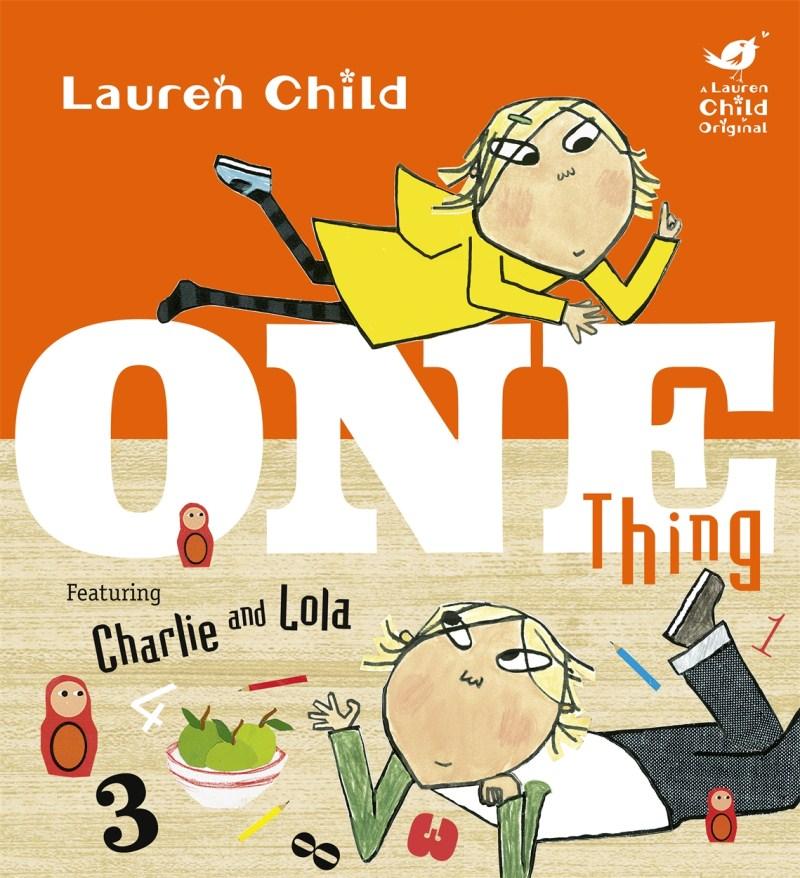
One Thing : featuring Charlie and Lola
Strand
Number
Maths Concepts
Australian Curriculum: Description
F.Y-Connect number names, numerals and quantities, including zero, initially up to 10 and then beyond (ACMNA002); Yr1-Represent and solve simple addition and subtraction problems using a range of strategies including counting on, partitioning and rearranging parts (ACMNA015); Yr2-Explore the connection between addition and subtraction (ACMNA029); Yr3-Recognise, model, represent and order numbers to at least 10 000 (ACMNA052); Yr3-Tell time to the minute and investigate the relationship between units of time (ACMMG062); Yr4-Recognise, represent and order numbers to at least tens of thousands (ACMNA072); Yr5-Convert between units of time (ACMMG085); Yr6-Select and apply efficient mental and written strategies and appropriate digital technologies to solve problems involving all four operations with whole numbers (ACMNA123)
Teaching ideas
Teach other vocabulary that is often used differently in everyday language such as the examples in the book; e.g. "how about no things" meaning 0 things. Explore time and how long the morning routine takes students in the class. Counting and counting on items.
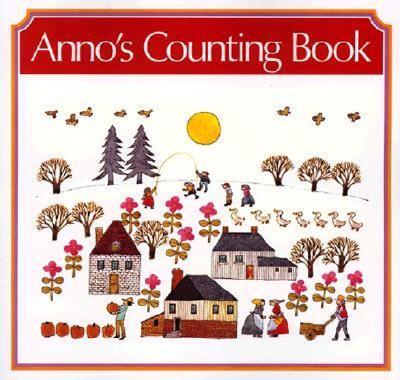
Anno’s Counting Book
Strand
Number
Australian Curriculum Year Level
Year 2, Foundation Year, Year 1
Look for a pattern
Maths Concepts
Australian Curriculum: Description
F. Y – Establish understanding of the language and processes of counting by naming numbers in sequences, initially to and from 20, moving from any starting point (ACMNA001); Year 2 – Describe patterns with numbers and identify missing elements (ACMNA035)
